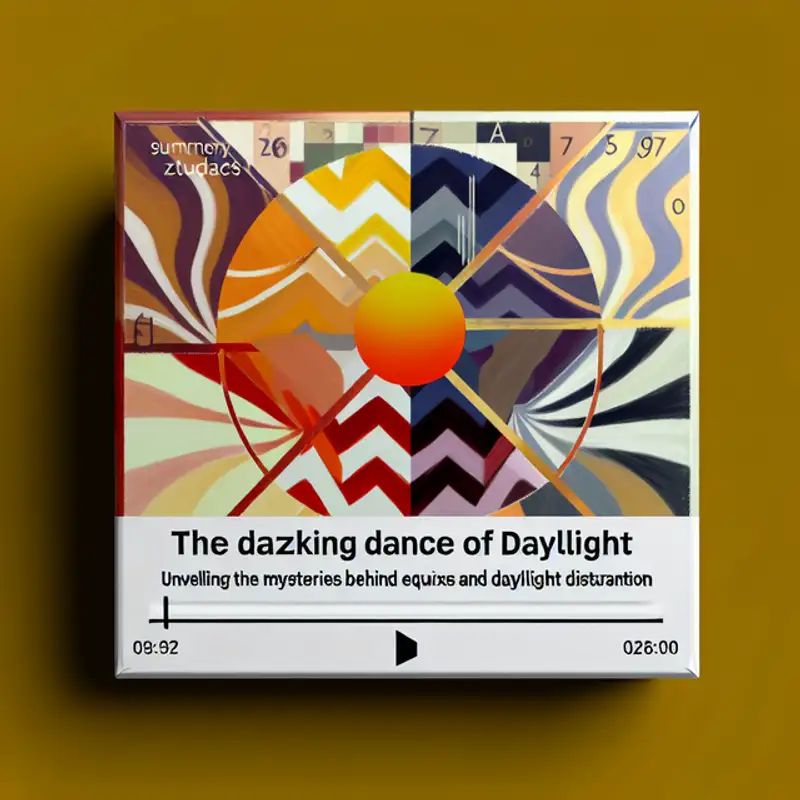 Episode
Episode
· 01:36
As the vernal equinox passes in the Northern Hemisphere, you may notice the days getting longer—but just how fast is this happening? In his deep dive into astronomy and mathematics, Joe Antognini explores the rate at which daylight increases each day based on latitude. He builds an interactive graph showing the change in daylight duration using principles of spherical astronomy, including the sunrise equation and the declination of the Sun. The key takeaway? The length of the day changes most rapidly around the equinoxes, especially at mid-latitudes, while those closer to the Arctic Circle experience a sharp zigzag-like daylight pattern. Plus, thanks to atmospheric refraction and the Sun’s apparent width, the days are actually a bit longer than calculated, making the "equinox" slightly misleading!
So next time you notice more sunlight after work, remember—behind the brighter evenings is an elegant celestial dance of math, physics, and atmospheric tricks! 🌍☀️
Link to Article
Listen to jawbreaker.io using one of many popular podcasting apps or directories.